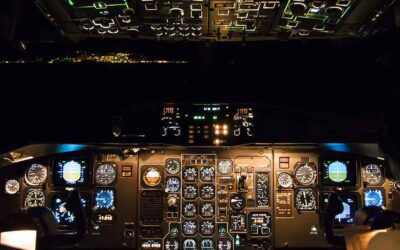The Genesis of a Dream: SpaceX Emerges
Founded in 2002, SpaceX, or Space Exploration Technologies Corp, was born out of Elon Musk’s audacious dream to make space travel affordable and eventually colonize Mars. Musk’s vision was met with skepticism, especially considering the high barriers to entry in the space industry. However, what SpaceX lacked in experience, it made up for with innovation and an indomitable spirit.
Falcon 1: A Humble Beginning
SpaceX’s foray into space began with the Falcon 1 rocket. While it took four attempts for a successful orbit, this initial endeavor was vital. It demonstrated SpaceX’s capability and resolve. For aerospace engineers, it was a testament to the possibilities that beckoned when private enterprise entered space exploration.
Falcon 9 and Dragon: Reusability Revolutionized
The Falcon 9, SpaceX’s two-stage rocket, became a game-changer in the space industry. Its reusability was a groundbreaking innovation. By landing the first stage back on Earth and refurbishing it for subsequent missions, SpaceX drastically reduced costs. The Dragon spacecraft, designed to transport cargo and crew to orbit, further cemented SpaceX’s position. For aerospace engineers, this heralded an era where reusability was not a theoretical concept but a practical reality.
Falcon Heavy: Lifting Ambitions to New Heights
The Falcon Heavy, with the ability to carry large payloads to a variety of orbits, showcased SpaceX’s ambitions on a grand scale. Its maiden flight in 2018 captured the world’s imagination, particularly with the theatrical touch of launching Musk’s Tesla Roadster into space. The success of Falcon Heavy put interplanetary travel within the realm of feasibility.
Starship: A Vessel for Interplanetary Dreams
Arguably SpaceX’s most ambitious project, Starship is envisioned as a fully reusable spacecraft capable of carrying large numbers of passengers and cargo to destinations like Mars. With a design focused on versatility and scalability, Starship represents the manifestation of Musk’s vision for making humanity a multiplanetary species.
Starlink: Bridging Earth’s Digital Divide
SpaceX’s Starlink, a constellation of small satellites aiming to provide global broadband connectivity, reflects another facet of Musk’s vision – leveraging space technology to address terrestrial challenges. For remote and underserved areas, Starlink could be transformative.
Challenges and Critiques
Despite its triumphs, SpaceX has faced its share of challenges and criticisms. The rapid pace of development has sometimes led to setbacks, including launch failures. Additionally, the Starlink constellation has raised concerns among astronomers about light pollution and space debris.
Inspiring a Generation of Aerospace Engineers
For aerospace engineers, SpaceX is more than a company; it is a catalyst for inspiration. The innovations in rocket technology, the rekindling of dreams of Mars colonization, and the democratization of space access have invigorated the field. Aerospace curricula are evolving, research is burgeoning, and a new generation of engineers is emerging, ready to take the baton and sprint towards the stars.
Looking Beyond the Horizon
As SpaceX continues its audacious journey, one can’t help but marvel at the horizon that Elon Musk’s vision has unveiled. For aerospace engineers and humanity at large, SpaceX is a reminder of the boundless potential that lies in the stars. Through innovation, grit, and a touch of audacity, SpaceX is not just launching rockets; it’s launching dreams into a cosmos brimming with possibilities.




